
The measurement of formation density is an essential component in accurate reservoir evaluation, helping the petrophysicist to determine the porosity of the rock and to estimate total reserves. Porosity represents the amount of space available within the rock matrix for fluids, and defines how much total volume of fluid is present in a reservoir. Without this information, and a determination of which type of fluid is present (oil, water or gas), a petrophysicist would be unable to estimate the reserves of hydrocarbon that exist in the reservoir. Moreover, azimuthal borehole images based on density help the geologist to understand the reservoir structure.
The combination of the azimuthal lithodensity (ALD™) and compensated thermal neutron (CTN™) sensors helps operators with valuable information about the reservoir such as:
Formation Evaluation – Make critical porosity measurements and distinguish between liquid and gas, all during drilling operations when the borehole is in its best condition.
Reservoir Structure and Well Placement – Density images can help determine the positions and orientations of formation boundaries and fault planes, helping the operator to understand the size and shape of the reservoir and to place the well optimally within it.
Wellbore Stability – Ultrasonic measurements help determine the borehole geometry in real time, providing an early indication of stress-related borehole breakout, allowing the operator to apply timely mitigating techniques to maintain borehole integrity.
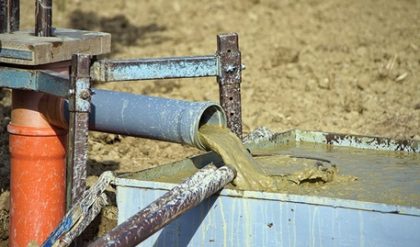
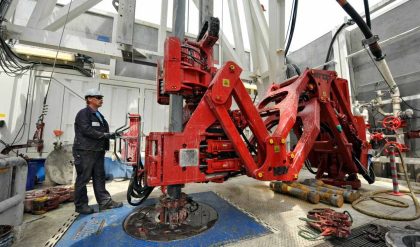
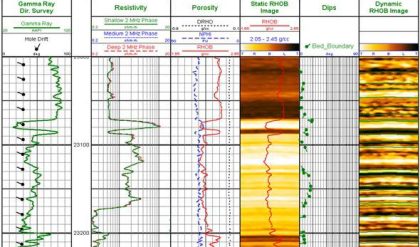

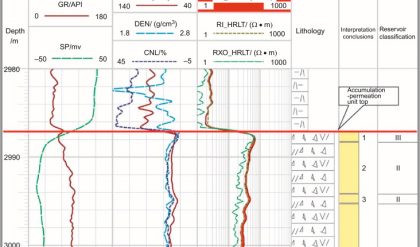
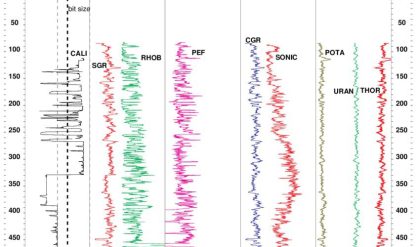
Comments are closed.